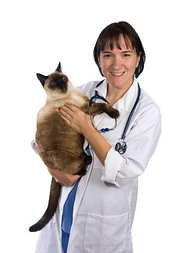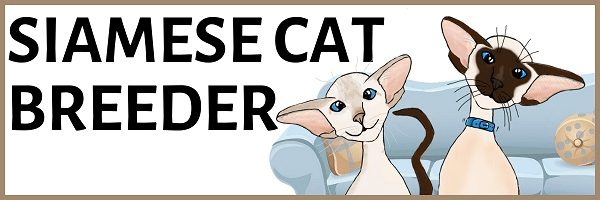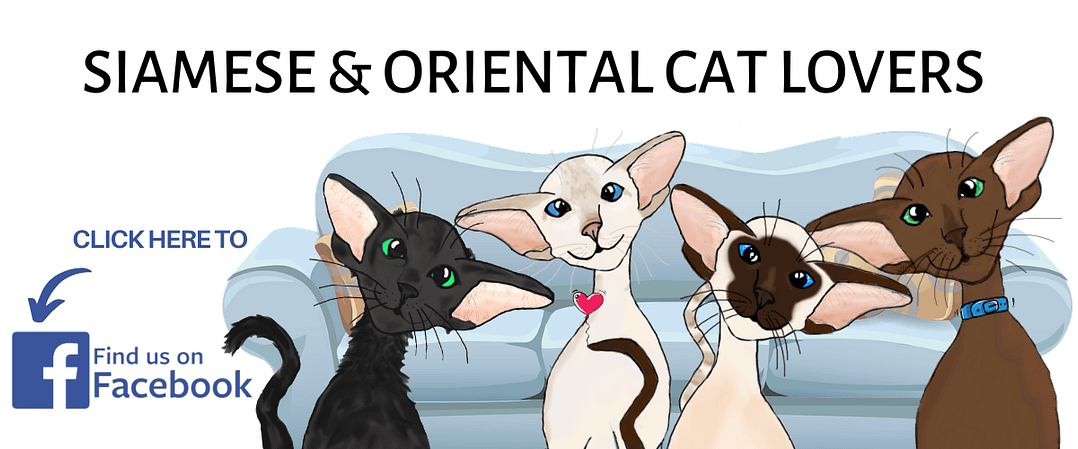It is not difficult to ‘listen’ to your cat and by reading your cat’s body language and behaviour you will be able to understand your cat far better.
 The world knows all about the famous “dog whisperer”, Cesar Millan, and many loved the book (and the film), “The Horse Whisperer”. So, what about cats? Is it possible to decode the things that cats do? Actually, you can start to recognise your pet’s body language, and even know what it is they are “saying” when they make certain vocalisations!
The world knows all about the famous “dog whisperer”, Cesar Millan, and many loved the book (and the film), “The Horse Whisperer”. So, what about cats? Is it possible to decode the things that cats do? Actually, you can start to recognise your pet’s body language, and even know what it is they are “saying” when they make certain vocalisations!
Reading Your Cat’s Body Language
Though it may upset the cat lovers of the world to read that their beloved pets are not really all that mysterious, the truth about cats is that they do use a lot of very obvious gestures, movements, and sounds to give away their thoughts or feelings.
As an example, we have all witnessed our cats swishing their tails in what appears to be vexation or annoyance. In all reality, that is precisely what the cat is saying – “I am seriously annoyed right now.”
There are many ways that cats will convey information, and most of it is with their tails, ears and eyes, but there other methods that they use as well.
- Tails – The way that a cat holds its tail is usually an indication of how it is feeling. For example, a tail held high is a sign of alertness and even happiness. It is why the tail tends to be up when the cat greets you each day. The tail down conveys fear or that the cat is feeling ill or threatened. The rapid swishing of the tail does say that it is agitated, and it is best to leave such a cat alone. If the tail is just slowly swaying back and forth it is usually a sign that the cat is thinking or just thoughtlessly moving their tail. A full blown tail with all of the hair standing on end is sign of tremendous fear or that a fight is about to begin.
- Ears – Watch a cat sitting with its back to you and you know how expressive that cat’s ears and tail movements become. When a cat holds its ears upright it is usually listening and attentive. When the ears are pitched forward it is often during playtime. When those ears are turned backward it is usually a clear indicator of agitation. Should the ears go even father back and lay against the head, it is best to leave that cat alone.
- Eyes – In the film “Shrek” we see how a cat uses its great eyes to convey emotion, and many cats in the real world can make similar expressions. When their eyes are large and the pupils dilated, it often means fear. When a cat’s eyes have almost no visible pupil it is a sign of aggression. When a cat droops its eyes closed when you are nearby, it is a sign of relaxation and trust.
- Vocalisations – Cats usually do not vocalise much with one another, but they do “talk” to people. They “meow” in many ways, they purr, they make little chirping sounds, and they will yowl or howl. Each of these vocalisations has substantial meaning. Meows are most often used for people. Howls and yowls indicate stress, anger, pain, or even emotional upset. The chirps are often used by mother cats or between adult cats. Purring is often a sign of contentment, and growling or hissing is a message of warning.
- Rubbing – That rubbing being done around your ankles may look like adoration, and it is – in a way. Cats rub parts of their bodies on things to “claim” them. Special glands deposit scent that other cats detect. So, when kitty rubs their chin on your hand, they are “marking” you as their very own.
It is not rocket science to “read” a cat, but we hope the tips above clarified any questions you might have had about the ways that cats use parts of their body and vocalisations to communicate. By reading your cat’s body language you will be able to further understand your cat and this will make life a lot happier for both of you.
Marcus Falley is a contributor to Courses Direct, an Australian based Education and Training company providing online courses and distance education in a range of industries, including animal courses such as cat psychology and training.

